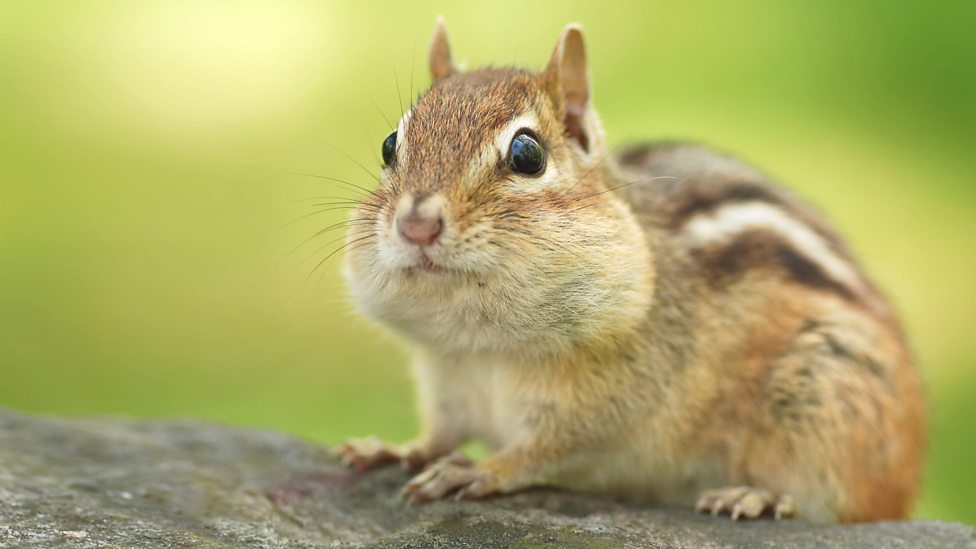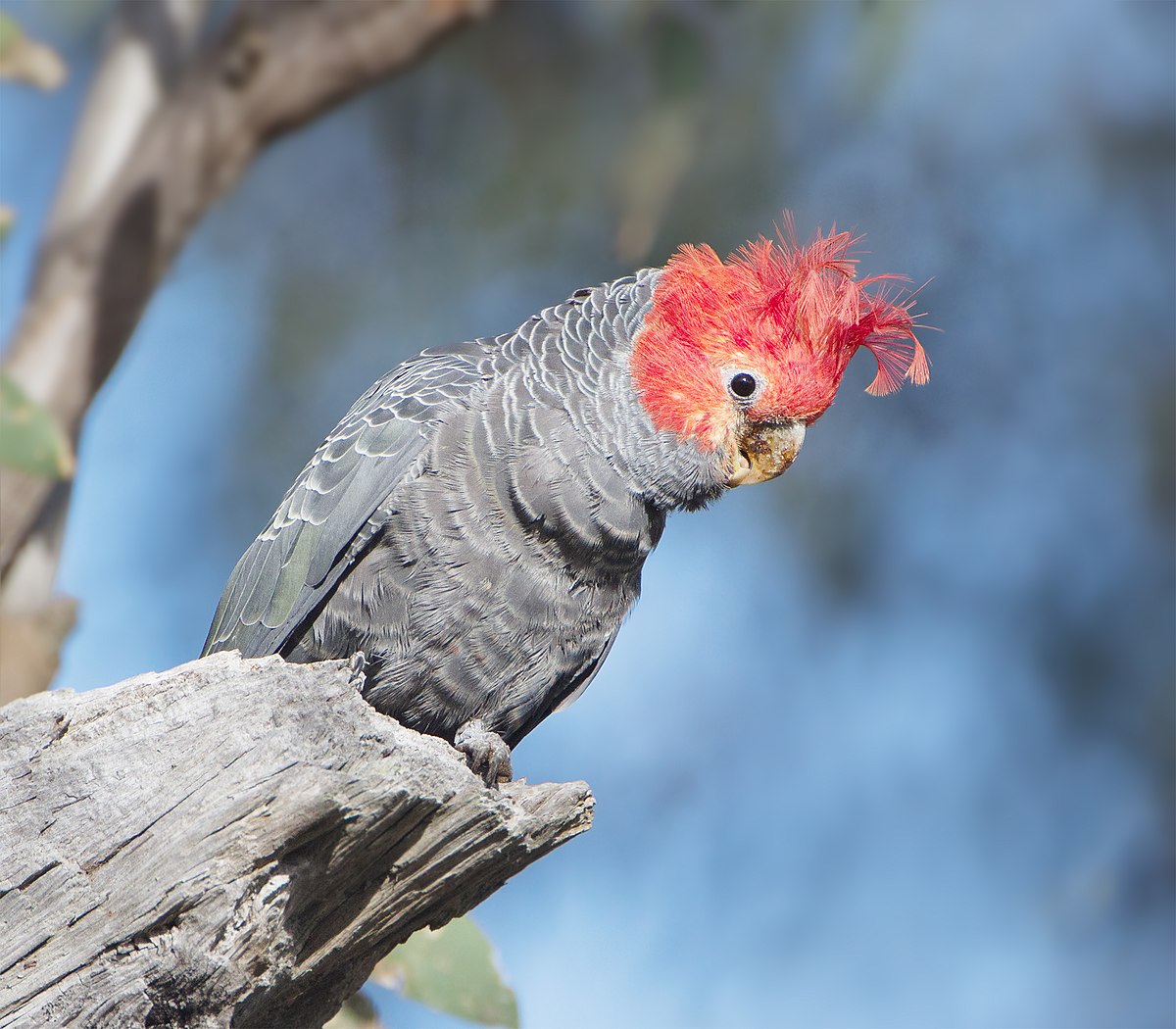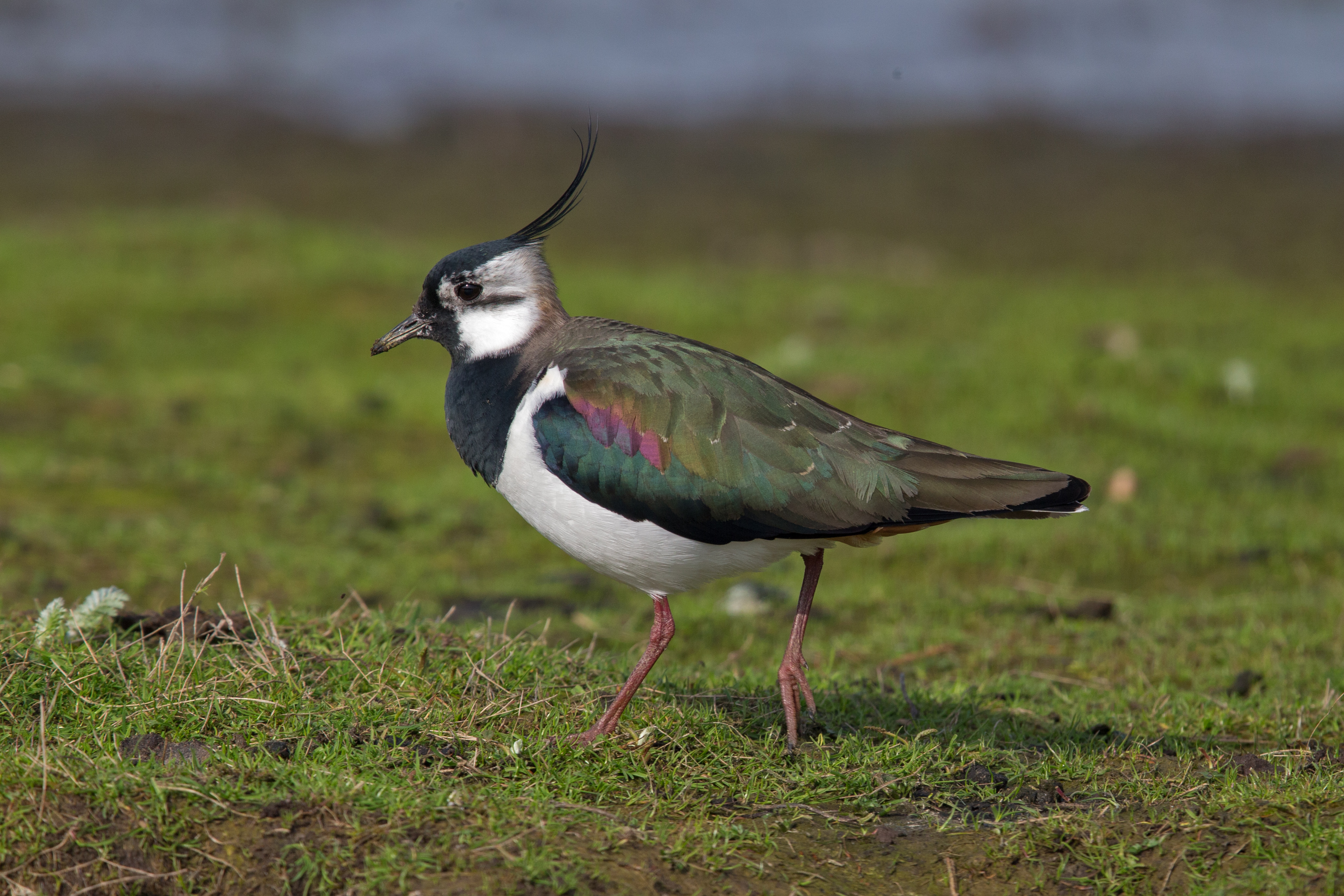12 Animals Named After The Noise They Make

If you were asked to name an onomatopoeic word, then you’d probably come up with something like boom, boing, whizz, smash, or tick-tock. They’re all perfectly good examples, of course, but onomatopoeia is actually responsible for a lot more words than you might think. For instance, etymologists believe that pebble might have been coined to imitate the sound of flowing water. Laugh might have been invented to sound like, well, a laugh. Owl, crow, and raven are all descended from Old English words (ule, crawe, hræfn) that were meant to imitate the owl’s hoot and the crow’s and raven’s squawks.
1. Ai
As well as being a contender for the world’s shortest animal name, ai (which should be pronounced “ah-ee") is another name for a three-toed sloth, especially the pale-throated sloth, found in the far northeast corner of South America. Although sloths are generally fairly docile, the name ai is apparently meant to resemble the high-pitched cry they can make when they’re agitated or alarmed.
2. Bobolink
Bobolinks can produce very long and surprisingly complex songs, but their usual go-to noise is a brief four-note call that’s commonly said to sound like someone saying “Bob-o-Lincoln.” The name Bob-o-Lincoln eventually was shortened to bobolink in the 1800s.

One theory claims that the name chipmunk is an English interpretation of a native Ojibwe word, ajidamoo, meaning something like “red squirrel.” But because chipmunks were originally known as “chipping squirrels” in English, it seems more likely that the name is actually an English invention, in which case it’s probably meant to describe their short “chipping” call.

The Chowchilla Bird is a type of log-runner, a small thrush-like bird, that’s native to Queensland, Australia. For a bird not much larger than a robin, the Chowchilla has a particularly noisy call that to early European colonists and explorers apparently sounded like “chow-chilla-chow-chow.” The Chowchilla was also once known as the “auctioneer bird,” apparently because (with a bit of imagination) its song sounds like an auctioneer's incessant chattering.

A cousin of the better-known whippoorwill, the chuck-will’s-widow is another species of nightjar (a family of nocturnal birds related to swifts and martins) native to the southern United States and much of Central America. Dozens of different species of nightjar are found all over the world, and they all share incredible camouflaged plumage and strange whooping calls — so if the “whippoorwill” makes a noise that sounds like poor Will is about to be whipped, then the “chuck-will’s-widow” makes a sound like poor Will’s widow is about to be chucked.

The peculiar croaking noise made by the gang-gang cockatoo of southeast Australia has been likened to everything from a creaking wooden door to a cork being pulled from a wine bottle. However you might want to describe it, the onomatopoeic name gang-gang was adopted into English from a Wiradhuri name that was supposed to imitate it.

The Hoopoe is a striking-looking songbird whose name is meant to imitate its strange whooping call. Their bizarre appearance has also helped make them the frequent subject of myths and folktales over time: the Ancient Egyptians worshipped them and drew pictures of them inside the pyramids; the Romans believed that they were filthy creatures because they fed on dung and frequently nested in graveyards; and at least one old European legend claims that the younger birds look after the older ones in their old age, restoring their youth by plucking out dying feathers and licking blindness from their eyes.

Katydids make their loud and often three-syllable “ka-ty-did” call by rubbing their fore wings together. They hear each other, incidentally, with ears located on their front legs. There are more than 6000 species in the katydid family, found on every continent except Antarctica.

The name macaque was borrowed into English via French in the late 17th century, but it’s thought to originally derive from an old Bantu name, kaku, for any of the numerous monkey species found in West Africa. The name kaku is in turn supposed to be imitative of a monkey call, and it’s from the plural form of kaku — namely makaku in Bantu — that the word macaque eventually evolved.

A type of plover with characteristic green plumage and a long curled crest, the northern lapwing has a number of nicknames in English — including the peewit, the swipe, the peepsweep, the teewhit, and the teeack — every one of which is supposed to emulate its noisy alarm call. The common name lapwing, incidentally, refers to the bird’s tactic of feigning a broken wing in order to distract predators from their nest when they feel threatened.

Piet-My-Vrou is another name for the red-chested cuckoo, a species of cuckoo found across much of Sub-Saharan Africa. Cuckoos are well known for their instantly recognizable call, and it’s the loud three-note descending call of the Piet-My-Vrou (which literally means “Pete My Wife” in Afrikaans) that gives it its name.

Gibbons are famous for their lengthy and surprisingly complex songs, and the whooping or “wowing” call of the wow-wow or wawa — a local Indonesian name for either the agile gibbon or the silvery gibbon — is no exception. Sadly both species are now listed as endangered, due to their localized distribution and on-going habitat destruction.
3. Chipmunk
One theory claims that the name chipmunk is an English interpretation of a native Ojibwe word, ajidamoo, meaning something like “red squirrel.” But because chipmunks were originally known as “chipping squirrels” in English, it seems more likely that the name is actually an English invention, in which case it’s probably meant to describe their short “chipping” call.
4. Chowchilla

The Chowchilla Bird is a type of log-runner, a small thrush-like bird, that’s native to Queensland, Australia. For a bird not much larger than a robin, the Chowchilla has a particularly noisy call that to early European colonists and explorers apparently sounded like “chow-chilla-chow-chow.” The Chowchilla was also once known as the “auctioneer bird,” apparently because (with a bit of imagination) its song sounds like an auctioneer's incessant chattering.
5. Chuck-Will's Widow

A cousin of the better-known whippoorwill, the chuck-will’s-widow is another species of nightjar (a family of nocturnal birds related to swifts and martins) native to the southern United States and much of Central America. Dozens of different species of nightjar are found all over the world, and they all share incredible camouflaged plumage and strange whooping calls — so if the “whippoorwill” makes a noise that sounds like poor Will is about to be whipped, then the “chuck-will’s-widow” makes a sound like poor Will’s widow is about to be chucked.
6. Gang-Gang

The peculiar croaking noise made by the gang-gang cockatoo of southeast Australia has been likened to everything from a creaking wooden door to a cork being pulled from a wine bottle. However you might want to describe it, the onomatopoeic name gang-gang was adopted into English from a Wiradhuri name that was supposed to imitate it.
7. Hoopoe

The Hoopoe is a striking-looking songbird whose name is meant to imitate its strange whooping call. Their bizarre appearance has also helped make them the frequent subject of myths and folktales over time: the Ancient Egyptians worshipped them and drew pictures of them inside the pyramids; the Romans believed that they were filthy creatures because they fed on dung and frequently nested in graveyards; and at least one old European legend claims that the younger birds look after the older ones in their old age, restoring their youth by plucking out dying feathers and licking blindness from their eyes.
8. Katydid
Katydids make their loud and often three-syllable “ka-ty-did” call by rubbing their fore wings together. They hear each other, incidentally, with ears located on their front legs. There are more than 6000 species in the katydid family, found on every continent except Antarctica.
9. Macaque

The name macaque was borrowed into English via French in the late 17th century, but it’s thought to originally derive from an old Bantu name, kaku, for any of the numerous monkey species found in West Africa. The name kaku is in turn supposed to be imitative of a monkey call, and it’s from the plural form of kaku — namely makaku in Bantu — that the word macaque eventually evolved.
10. Peewit

A type of plover with characteristic green plumage and a long curled crest, the northern lapwing has a number of nicknames in English — including the peewit, the swipe, the peepsweep, the teewhit, and the teeack — every one of which is supposed to emulate its noisy alarm call. The common name lapwing, incidentally, refers to the bird’s tactic of feigning a broken wing in order to distract predators from their nest when they feel threatened.
11. Piet-My-Vrou

Piet-My-Vrou is another name for the red-chested cuckoo, a species of cuckoo found across much of Sub-Saharan Africa. Cuckoos are well known for their instantly recognizable call, and it’s the loud three-note descending call of the Piet-My-Vrou (which literally means “Pete My Wife” in Afrikaans) that gives it its name.
12. Wow-Wow

Gibbons are famous for their lengthy and surprisingly complex songs, and the whooping or “wowing” call of the wow-wow or wawa — a local Indonesian name for either the agile gibbon or the silvery gibbon — is no exception. Sadly both species are now listed as endangered, due to their localized distribution and on-going habitat destruction.
Comments
Post a Comment